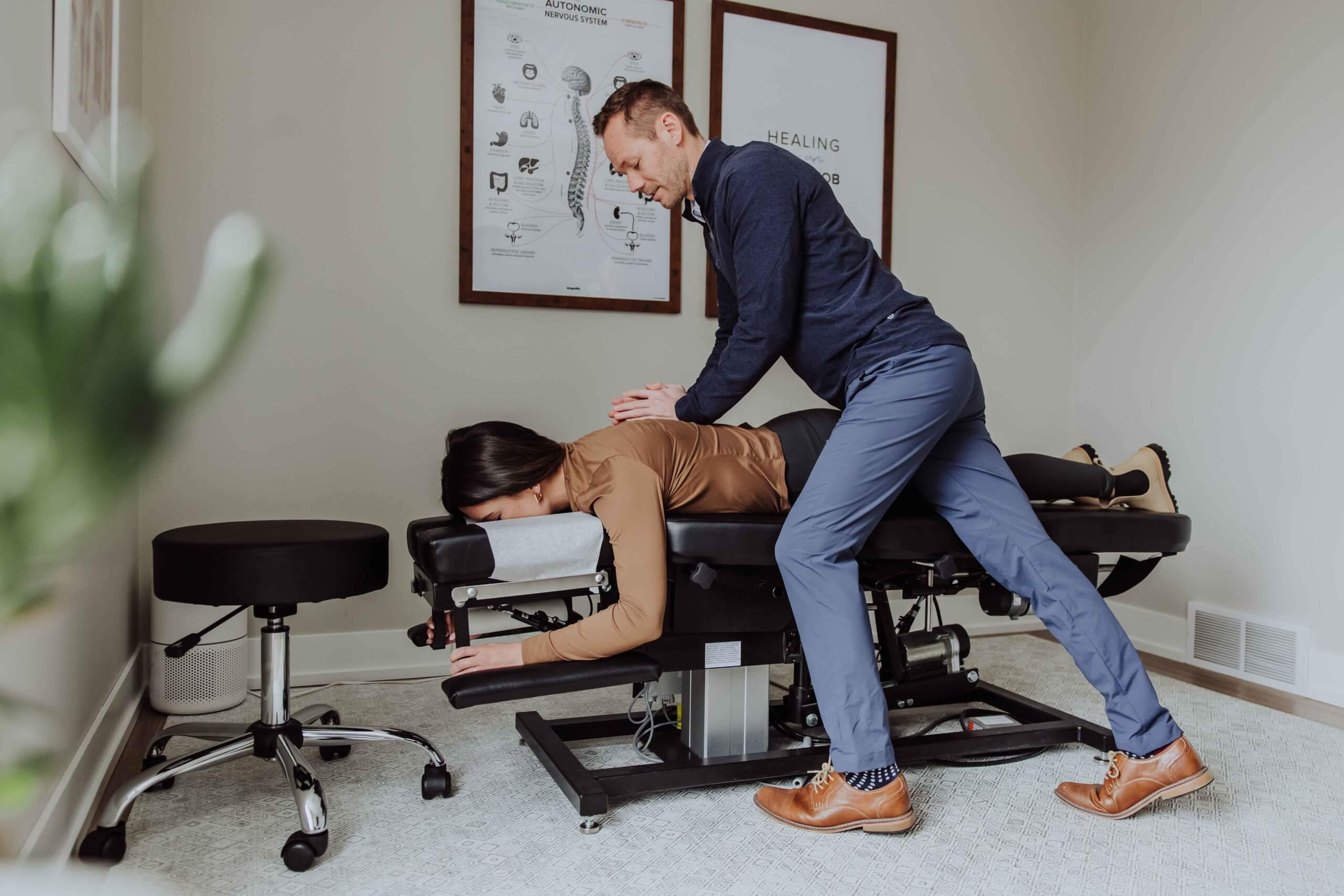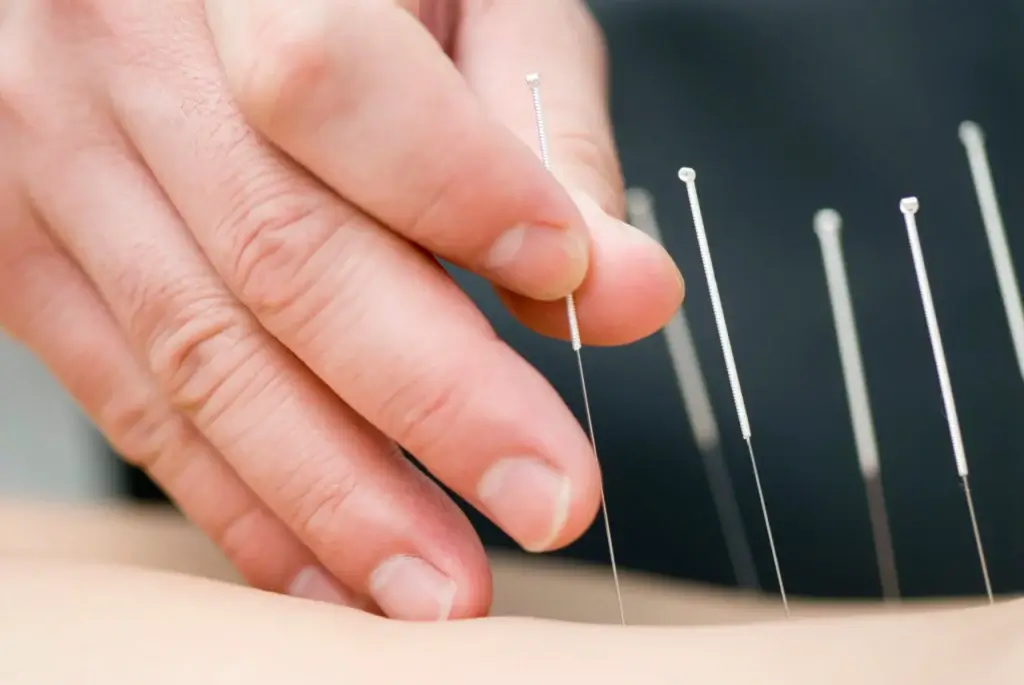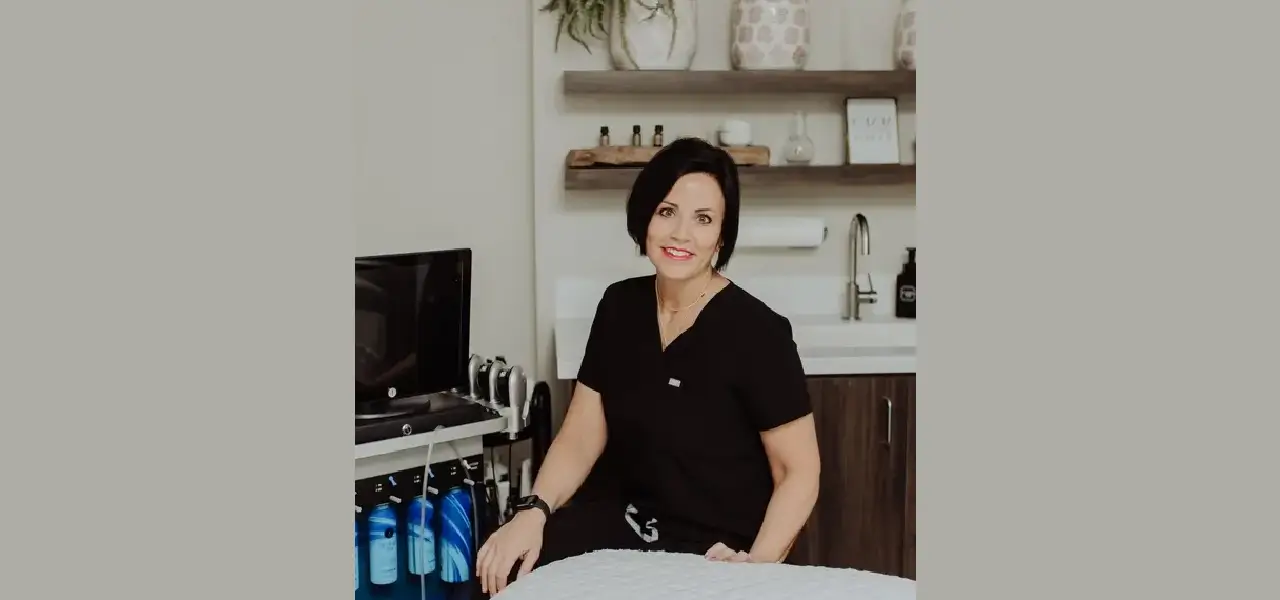Piriformis syndrome occurs when a hypertonic (tight) piriformis muscle irritates the sciatic nerve that travels down the leg. To better understand how this occurs, let’s take a look at the anatomy of this gluteal region.
The piriformis is a deep gluteal muscle that travels horizontally from the sacrum (tailbone) and out toward the hip at the greater tuberosity. In the majority of the population, the sciatic nerve lies underneath the piriformis. Although, in some people, the sciatic nerve actually pierces through the piriformis muscle.
The time spent on our BUTTS these days is at an all-time high, no matter your age. Our bodies are not made to be so sedentary, and the gluteal region obviously takes on a lot of the load and stress with prolonged sitting. So not only does the piriformis have constant pressure with sitting, but sometimes it is constantly on a stretch, depending on the position you’re in.
It’s important to note that the piriformis does not necessarily have to “irritate” the sciatic nerve to produce symptoms in this region. The prolonged sitting produces hypoxia in the tissues. What is hypoxia?
Hypoxia literally means lack of oxygen.
Try applying constant, deep pressure to any soft tissue on your body, and then quickly release the pressure. What do you see? I see a change in the color pigmentation of the skin. So…what’s the point?
The prolonged pressure restricts proper blood flow and oxygen to the tissues. So all those hours of sitting on your BUTT is very likely restricting proper blood flow and oxygen to the glute muscles. Muscles do not like this restricted blood flow, and is a reason trigger points or increased muscle tension develop. Continue reading to see what to do for this, but to combat this restricted blood flow, GET MOVING!
HOW TO TREAT PIRIFORMIS SYNDROME
Ultimately, a proper biomechanical assessment needs to be performed to better understand the best route of care for each individual. This would be performed upon an initial examination at Wellness Co.
Passive Treatment:
As a certified active release technique (ART) practitioner, I provide soft tissue release through a “pin and stretch” movement. I relate this somewhat to using a foam roller which generates increased blood flow and assists in releasing muscular tightness. One cannot perform ART on themselves in this region (properly).
Piriformis issues are usually one-sided, so checking and correcting pelvic alignment is necessary. The piriformis attaches to bony structures that are affected by pelvic rotation.
Chiropractic adjustments help increase proprioception (where our bodies are in space), along with:
- Active release technique ART
- check/correct pelvic alignment
- Chiropractic adjustments
- Passive hip mobilization
- Further soft tissue tools to increase blood flow: hypervolt, Graston technique, taping
Active Treatment:
START MOVING! Whether symptoms are due to nerve irritation or true muscle tightness, movement should help.
Remember, movement will pump blood flow and oxygen to your tissues, whereas immobility/sustained pressure leads to a lack of oxygen. I recommend both movement of the spine and movement of the hips. This way, we are mobilizing joints and soft tissue.
What moves to do? Here are a few common ones that should be familiar.
- Cat/cow
- Pelvic tilts
- General hip movement (hip windshield wipers laying on back)
- Child pose (reach left/right to open up joint space in the low back)
- Glute bridge progressions
- Deadlift progressions
- Lunge progressions
- Plank progressions
- Curtsy squats
Using a foam roller/lacrosse ball on the piriformis muscle may help to release it as well. If you have done this, you know what it feels like! “Hurts so good,” as I like to say. I just don’t believe foam rolling alone will fix or correct an issue with the piriformis.
If this is something you have been dealing with, I am happy to help you out! Ultimately, an assessment would help me narrow down proper suggestions for treatment in an effort to speed up healing and decrease symptoms. Call in to schedule an assessment, and be sure to follow along on social media, as this month is all about the pain in the pelvic and hip region @dr.ryon.bosscher.
Dr. Ryon Bosscher
Zeeland, MI








